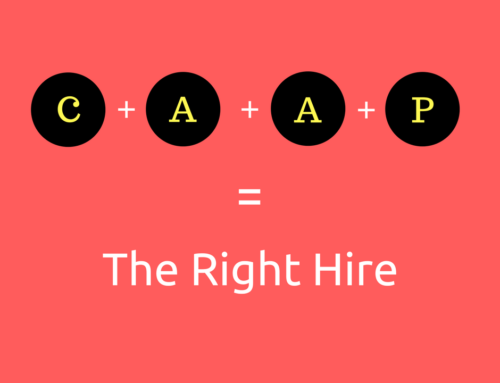2014 is quickly coming to a close and a brand new year will be upon us very soon. Many of us are already thinking of setting new goals, new objectives and planning our new year resolutions for 2015.
For those of you working in the corporate world, there will be new targets and new objectives that you will have to work towards. Some of these goals and objectives will be an extension of your current goals and objectives.
These are commonly known as Stretch Goals.
I know of many organisations that embrace the idea of stretch goals. In fact, I love stretch goals. I have used them before and they have worked wonders for me – both personally and with my team when I was still working in the corporate world.
However just like any other tool, it cuts both ways.
If used correctly, it can be a very powerful tool to motivate and spur your people to reach new heights and achieve excellence.
On the other hand, if used carelessly, it could demotivate and cause permanent and irreparable damage to your team and your organisation.
So what should we do to make Stretch Goals work for us?
1. Stretch Goals should never be focused solely on financial metrics
For Stretch Goals to be truly effective, stretch goals should never be focused solely on financial metrics. Instead stretch goals should be focused squarely on things such as delighting customers, providing customers the best experience, building better products and designing better and more effective and efficient services. But it should never be a financial goal alone.
Imagine for a moment that you currently bring in $1 million of sales today, and your stretch goal has been set at $2 million. And you are incentivised with a huge financial bonus that is tied to the $2 million stretch goal. In other words, if you successfully bring in that $2 million sales within the stipulated time frame set for you, you stand to pocket a huge commission or a huge bonus. What would you do?
What you don’t want is for your employees to start cutting corners, to take short-cuts or to take the easy route just to achieve those financial goals.
Financial stretch goals such as these don’t do any justice to your customers and they don’t bring your customers and your shareholders any value. In fact in the long run, it runs the danger of seriously reducing value for the organisation and your customers, and risking irreversible damage to the organisational and cultural fabric of the entire organisation.
2. Stretch Goals should be attainable
In order for stretch goals to be effective, it has to be attainable. There is no point in setting a stretch goal that is way beyond your employee’s ability. The whole idea of setting a stretch goal is to motivate the employee to work harder, to push themselves a little more, with the ultimate aim of improving performance that results in achieving a higher goal.
There is no point in setting a goal that is impossible to attain, and ultimately resulting in demotivating your employees.
“for stretch goals to be effective, it has to be attainable”
3. Stretch goals should only be set AFTER the previous goal has been attained
You set a stretch goal only AFTER you have reached or attained your previous goal. You don’t set a stretch goal when the original goal was not achieved.
It makes no sense for you to keep setting higher goals for yourself or your employees if the previous goal wasn’t even achieved or attained. Setting ever higher goals when the original goals weren’t achieved or attained is just pure madness and self-deception at it’s worst.
“Setting ever higher goals when the original goals weren’t achieved or attained is just pure madness and self-deception at it’s worst”
So if you are planning to use Stretch Goals for your personal development and your employee’s development in 2015, ensure that the goals are attainable, and that the stretch goals are set for objectives that have already been achieved.
The ultimate objective of setting stretch goals is to push your employees or yourself a little harder so that you and your employees move out of your comfort zones and stretch yourselves to achieve a little more each time.
Learn how to hire the right people every time, avoid the mistakes most interviewers make, maximise employee engagement levels, lead and manage your employees to peak performance, minimise attrition rate, and so much more…
PLUS: Receive a free sample chapter on How to Craft Effective Interview Questions from my yet-to-be-released book How to Hire the Right People Every Time: The Executive’s Guide to Getting It Right
Get your weekly tips now. Join us here.








I like this concept, “Stretch goals should only be set AFTER the previous goal has been attained”. This helps the person to strive to complete his incomplete goals so that he could aspire to meet the expectations of the new goals. So this threshold factor will maintain a healthy relationship – is nicely outlined in this article.
Thank you Manicka. I’m glad you liked it.
Some make the mistake of setting higher goals when they have not yet even achieved their original targets. This is a sure way to demotivate yourself and your employees.
Cheers,
Steven